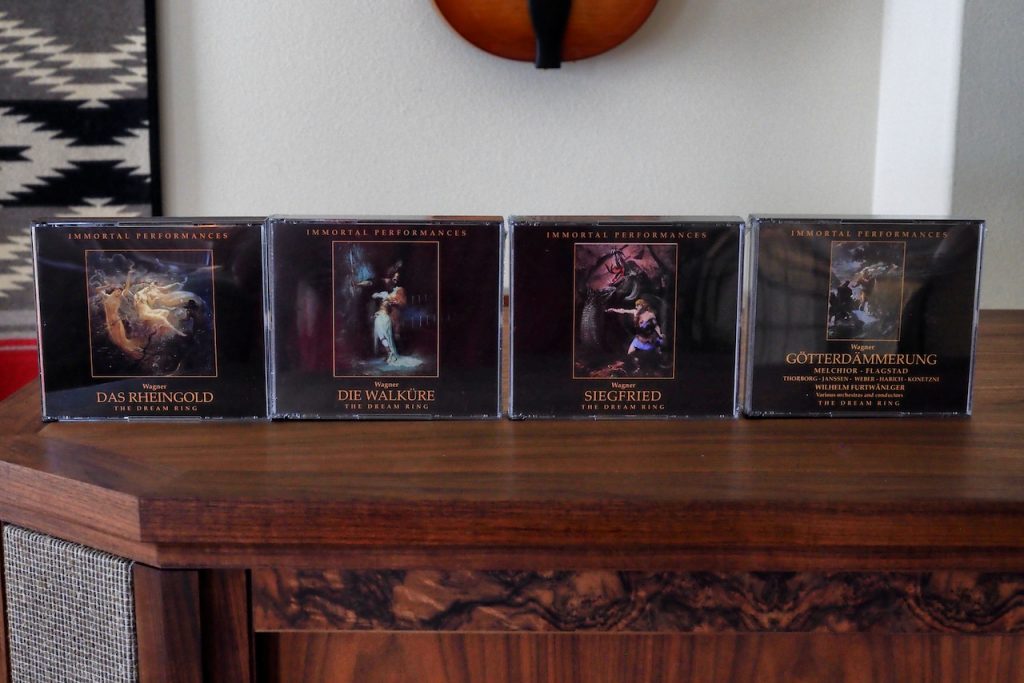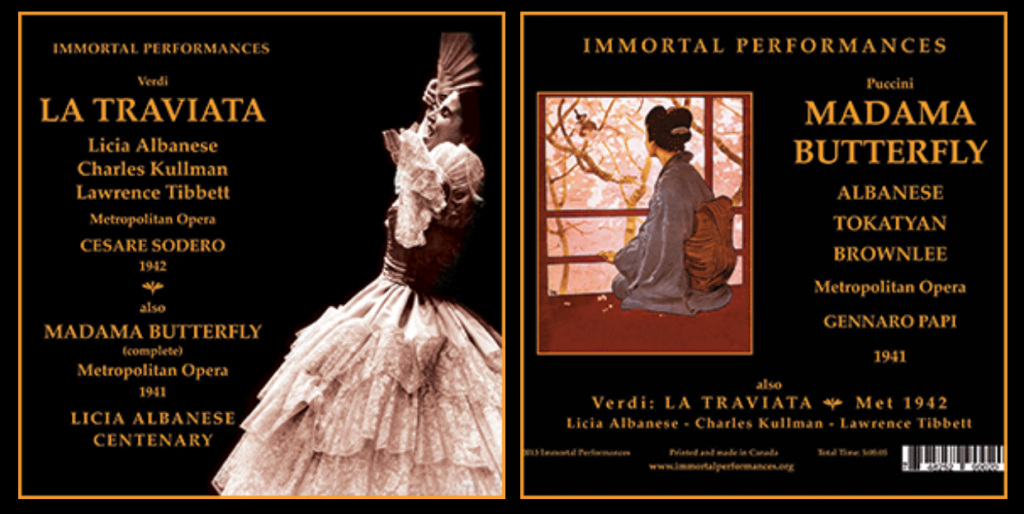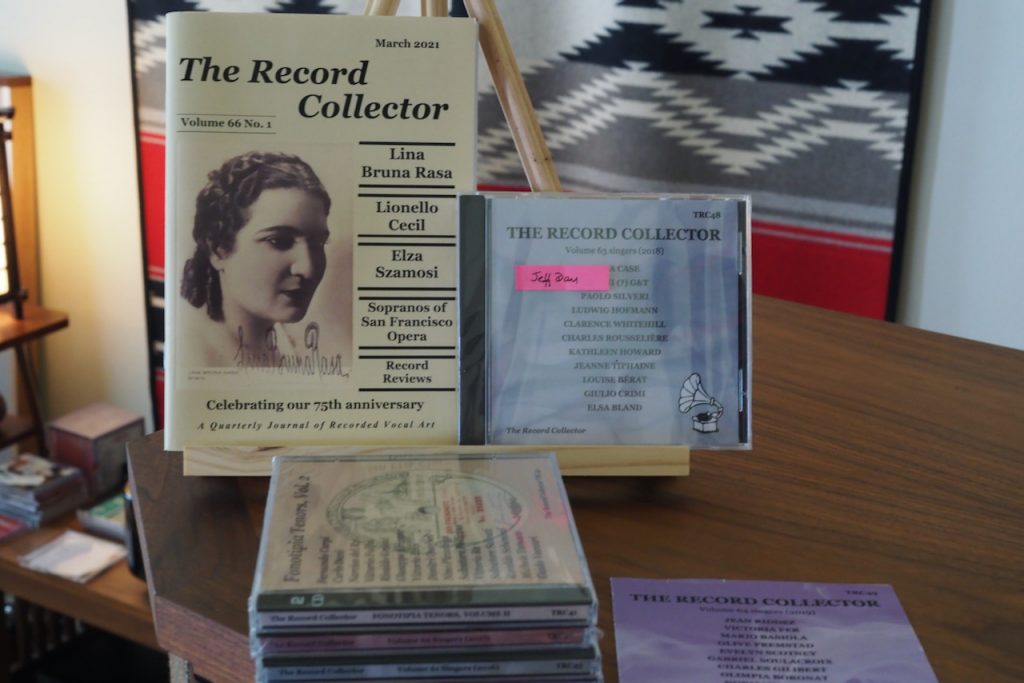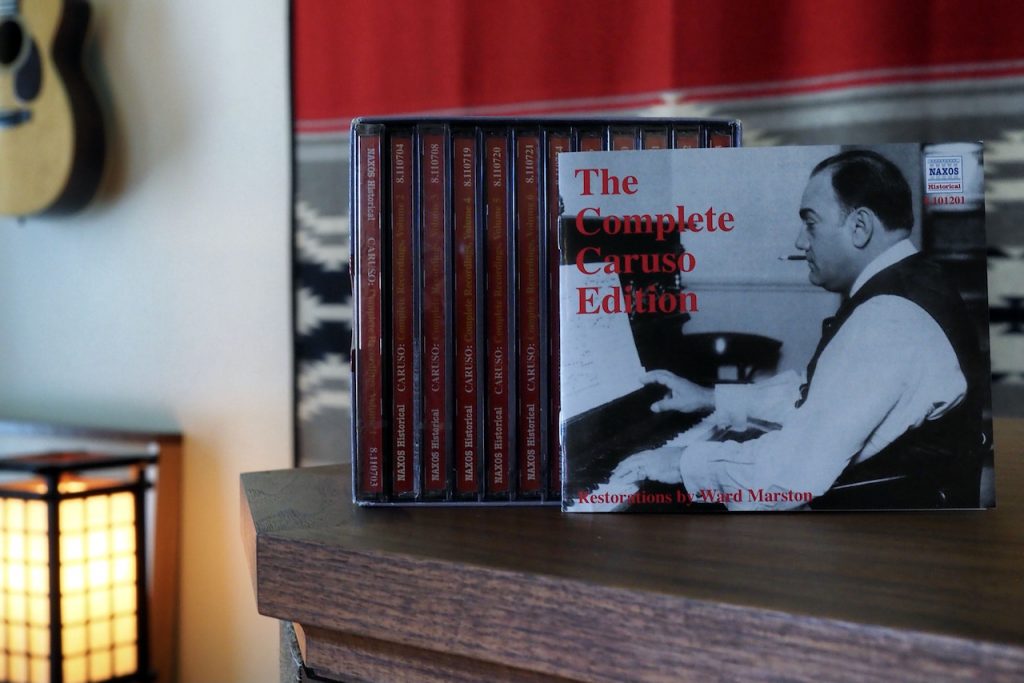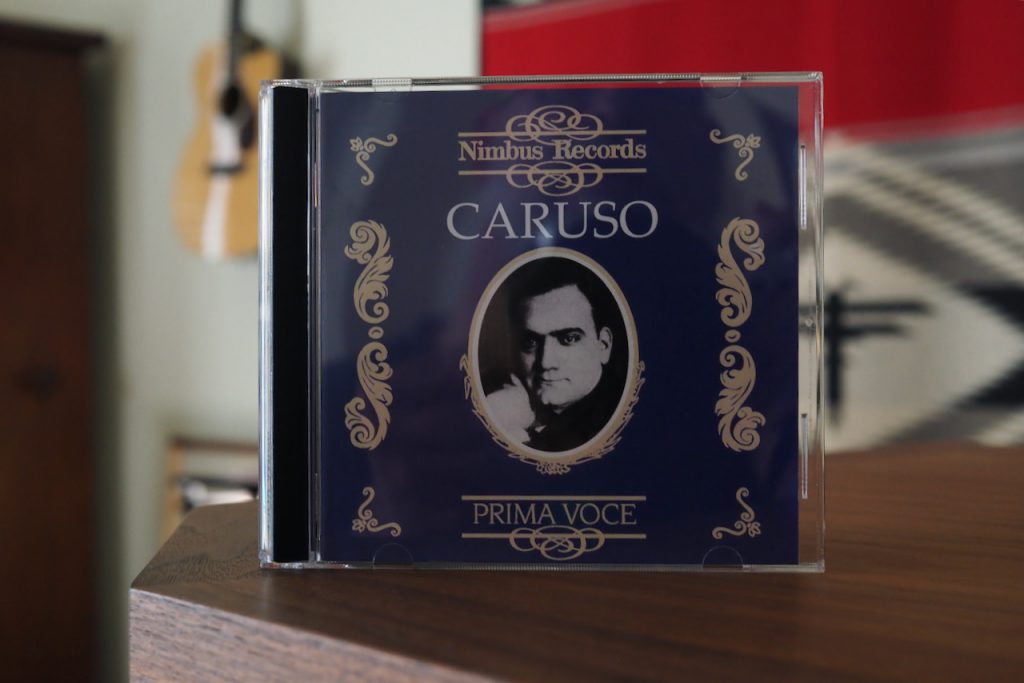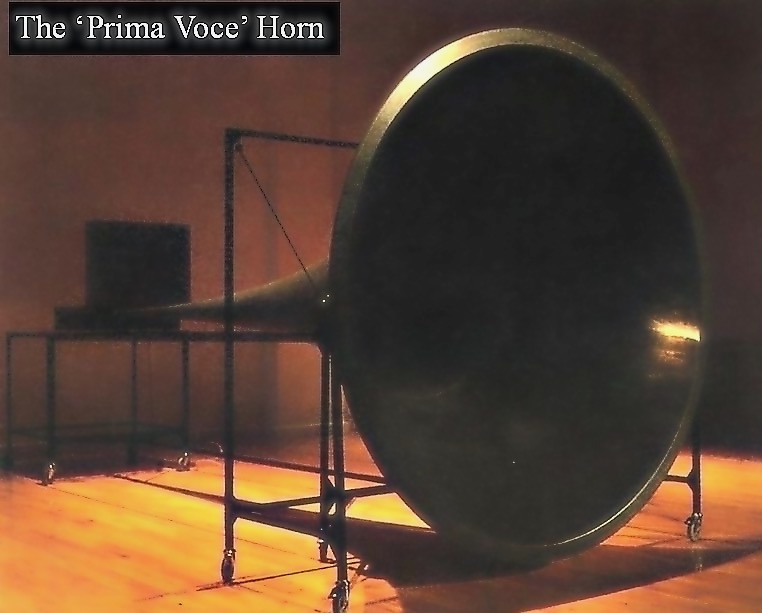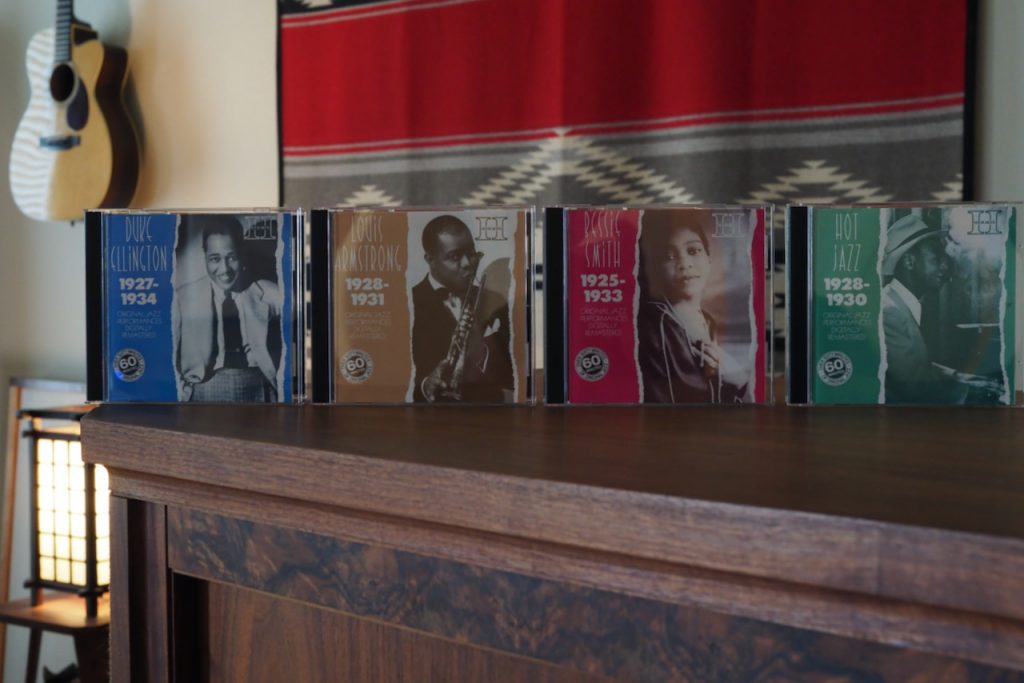As I mentioned in my last post, the great musical performances available on acoustic, electric, and early monaural magnetic era recordings don't normally circulate out of the cognoscenti music lover circles into the audiophile realm.
I'll tell you what, very few people in the world have heard what those 78 records are really capable of in a high-fidelity audio system, but fortunately for us there is a renaissance of releasing those early performances on CDs as transfers from the original 78 discs, and downloads will be coming in the future as well!
With more audiophiles becoming aware of and interested in hearing the great musical performances from earlier recording eras, I thought I'd suggest a few sources for you to check out, like Immortal Performances.
If you go to the Immortal Performances website, it can be bewildering for audiophiles to see all the unfamiliar titles and performances, but its well worth expanding one's music library and sphere of listening to get familiar with the great performances from the past.
I bought the Immortal Performances "Dream Ring" (below), and it is superb. I haven't quite finished listening to the Dream Ring yet, so that's next up for a listening session.
I attended Madama Butterfly at Opera Krakowska (Kraków Opera) a few years back, and it was superb, so I also purchased the double-album 4 CD set of Verdi's La Traviata and Puccini's Madama Butterfly, which was sourced from transcription discs (reviews HERE), and am really looking forward to listening to that.
Marston Records should be on everyone's list for exploring great performances documented on early recordings, and Marston will also be offering downloads in the future.
Marston Records motto is "A company dedicated to preserving the great performances of the past and keeping alive the remarkable traditions that were prevalent at the dawn of recording."
Personally, I am really thankful that there are a number of people / labels that are so passionate about preserving the great performances from early in our recorded music canon, so kudos to Marston Records for their obvious passion for historic recordings.
I've got quite a few of the Marston transfers to CD and I highly recommend them.
For example, The Dawn of Recording, The Julius Block Cylinders 3 CD set goes all the way back to 1889, and I want to get that set to add to my collection.
"Starting in 1889, what is now recognized as one of the earliest dates to record music, Julius Block recorded some of the most important artists and personalities of his time on cylinder. His cylinders range in date from 1889 to 1927, and were recorded in Russia, Germany, and Switzerland. Our three-CD set includes artists who have previously remained “silent” and will change the conception of many artists whose discography up until now were thought to be complete. These are the only known recordings of Anton Arensky, Paul Pabst, Sergei Taneyev, Leo Conus, Jules Conus, Anna Essipova, Jan Hrimaly, Anatoly Brandukov, Elizaveta Lavrovskaya, and Paul Juon."
Another excellent source of information is The Record Collector periodical which has been published since 1946, and also offers CDs of historic singers from the 78 era.
While not as prolific in the number of performances offered compared to Marston Records or Immortal Performances, there are also a number of excellent transfers from Naxos Historical, like the Caruso box set in the photo above.
Be sure to stop by and check out the Prima Voce series from Nimbus Records, they are superb, and I'll definitely be buying more of these albums this Fall, they are a lot of fun to listen to!
The Nimbus Records Prima Voce series represent a more stylized approach to transfers from 78 records to CDs, in that the 78 records are played back over a large custom horn and re-recorded, rather than transferred directly from the 78 records.
In Nimbus Records own words:
"Unlike other companies who tend to use modern electric pick ups to transfer their records we prefer to play our 78s using an acoustic horn gramophone. In doing this we produce a warm, vibrant and extremely lifelike sound which requires very little processing (only the worst clicks are removed) before issue. In fact the only 'electric' part of the whole playback process is the Technics SL-15 turntable which is used to ensure that the record is running at the correct speed."
"Our purpose built horn gramophone is no more than a development of machines that existed in the 1930s. Not faced with the problem of fitting the apparatus into an average sized living room we have made it much longer (its length is nearly six metres) and changed the shape of the horn's curve. These adaptations enable extreme frequencies of the original recording to be heard more clearly and provide us with a more balanced sound. The thorns which we use are made of a pliable wood and will quickly shape themselves to the fit snugly into the groove of a 78. It is unlikely that a thorn will last much longer than one side of a record before the quality of the sound begins to deteriorate. Sections of the records we are transferring (usually the ends) are therefore often played more than once and the best of the different takes are matched and joined in the editing suite."
"In playing the records in the Performing Arts Centre of the Nimbus Foundation we are virtually allowing the artists a second chance to make their recordings, this time in a more generous acoustic. The conditions under which many of these artists recorded were often cramped and difficult and one often wonders what chance the voice really had!"
"The microphone which we use is exactly the same one that we use to make the majority of our ambisonic recordings. It is positioned so that it is central to the aperture of the horn and its distance from the horn is varied depending on the singer's voice and the quality of the records we are transferring. Changes of microphone position are kept to the bare minimum during a session unless the original recordings are radically different. No mixers, faders or processors are involved. A session in the Hall might last for anything up to a week during which we usually hope to transfer a minimum of two discs."
"Despite the application of thought and effort and the amount of time involved with each Prima Voce release, the basic principle remains very simple: we play the records the way they were intended to be played and record the results in much the same way that all our recordings are made."
For more information on the Nimbus Records Prima Voce approach to these transfers you can read more about it at the Wyastone Estate website HERE.
If you haven't got them in your collection yet, the Nimbus Records "Hermes" collection of jazz transferred from vinylite test pressings are truly remarkable, and should be in every jazz lovers collection.
Thanks to all of you who have been informing me about sources of 78 transfers of historic performances, and please keep those recommendations coming!
As always, thanks for stopping by, and may the tone be with you!





